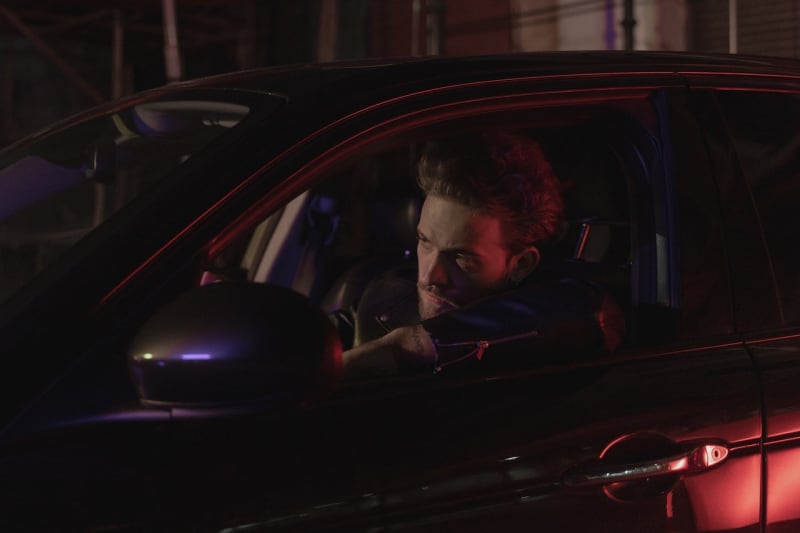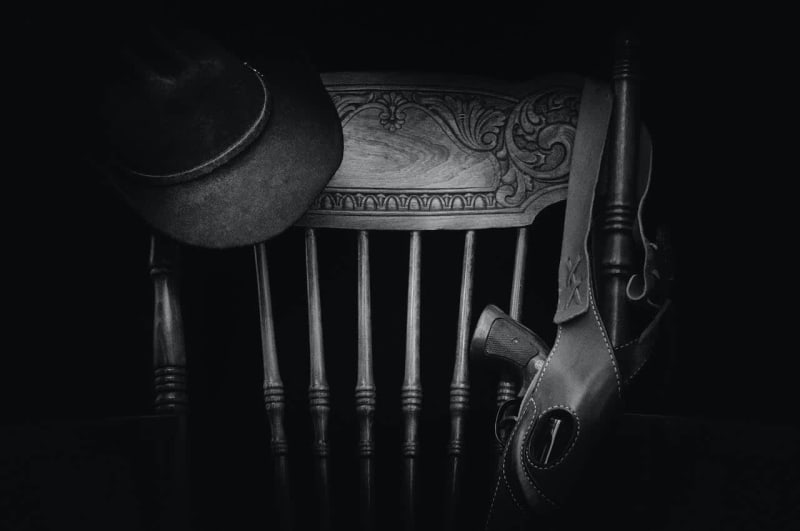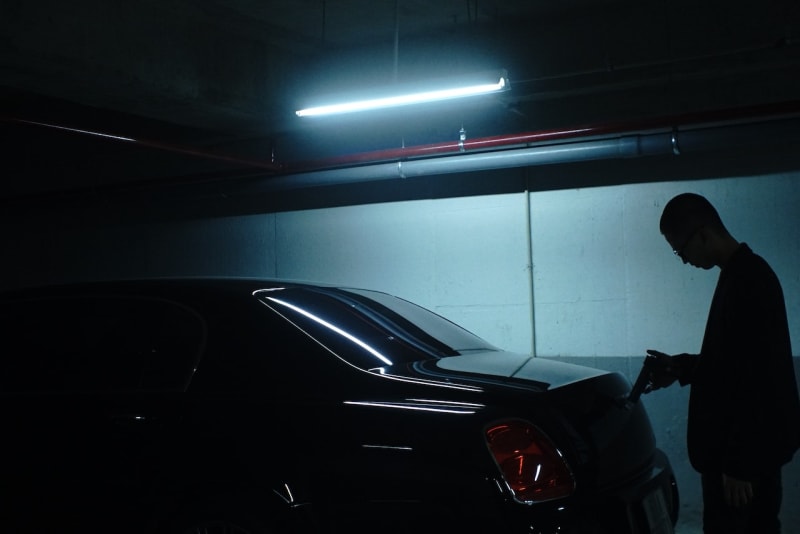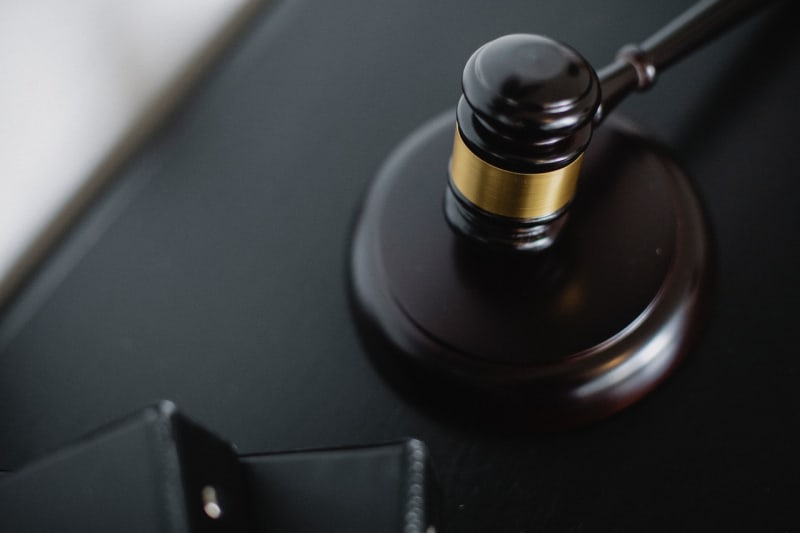
Comfort is key when it comes to concealed carry, particularly while driving. Seatbelts can add pressure to your firearm, causing discomfort and potentially revealing your weapon. Select a holster designed for comfort in seated positions. Or, if needed, use a car gun holster while driving; you can find examples at https://www.setick.com/best-car-holsters/.

If you have to leave your vehicle and enter a building where firearms are prohibited, plan how to store your firearm securely. A lockbox affixed to your car can provide a secure storage option, but there are other alternatives. What's important is that you should never leave behind an unsecured firearm.

 Choose a comfortable holster
Choose a comfortable holster Ensure easy accessibility
Ensure easy accessibility Practice drawing
Practice drawing Check local laws
Check local laws Plan for Leaving the Vehicle
Plan for Leaving the Vehicle

